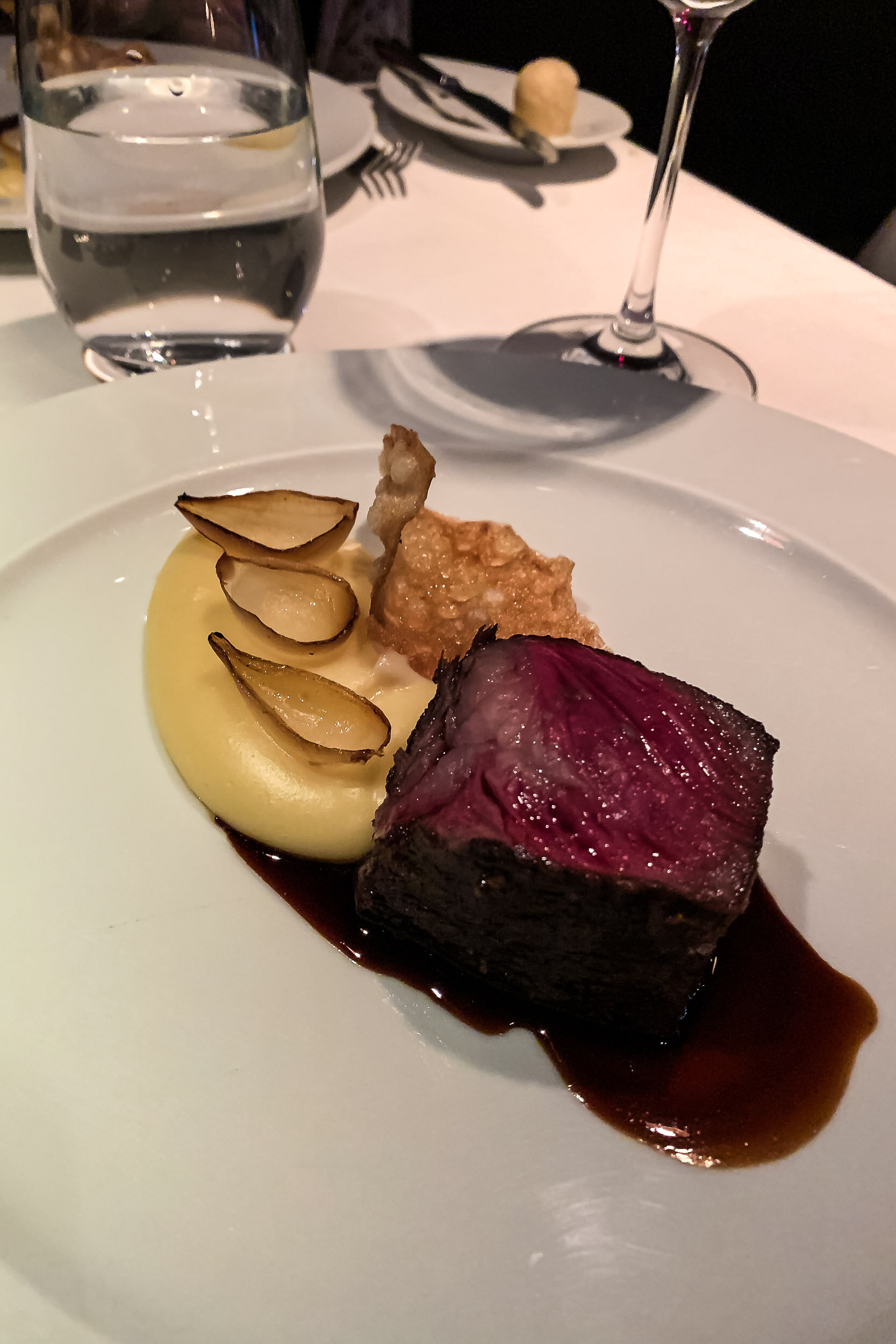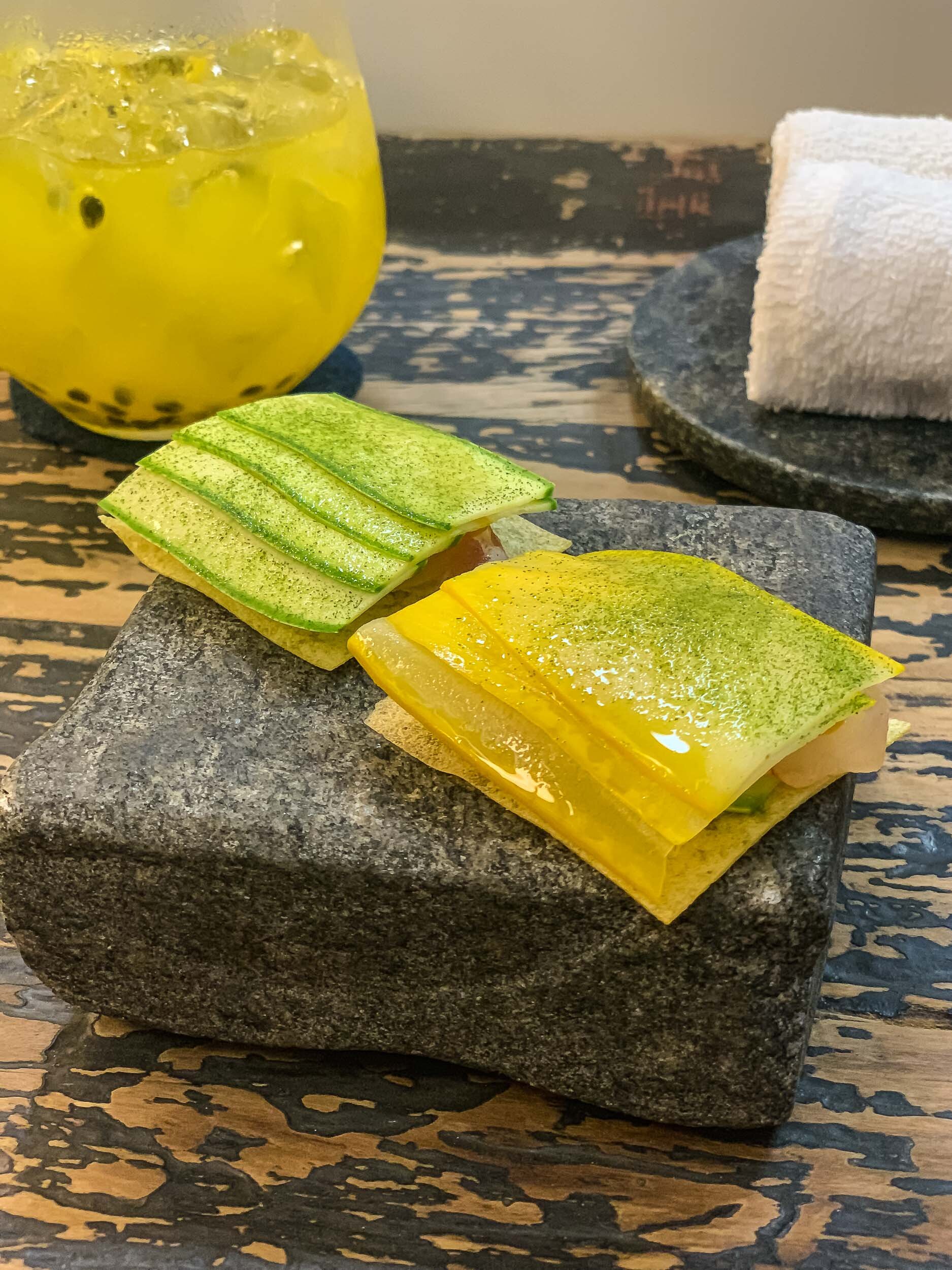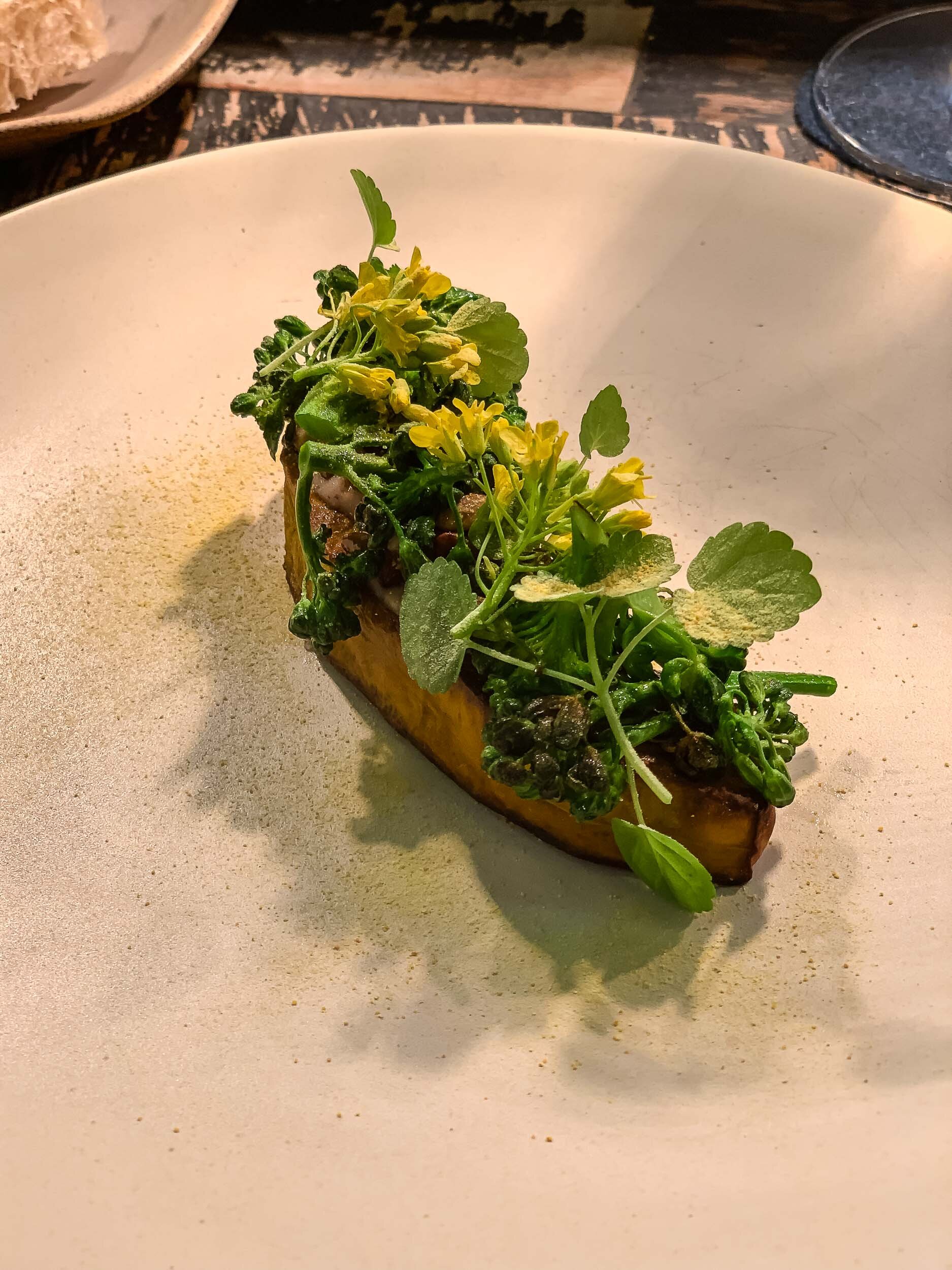Rio De Janeiro, Brazil
On our approach into Rio’s Santos Dumont airport, the shroud of grey clouds that enveloped us in Sao Paulo finally dissolves, and we descend into a city bathed in ethereal sunshine. Our spectacular arrival route takes in views of Christ the Redeemer and Sugarloaf Mountain, and the beautiful bays and beaches that have made Rio famous the world over. It is a stunning first impression, but one which is reinforced repeatedly over our coming days in Rio – this truly is one of the world’s most beautiful cities.
Rio De Janeiro from atop Sugar Loaf Mountain
Rio de Janeiro is our second destination on our Brazilian adventure, and as one of the iconic cities of the world, we are happy to succumb to its scenic highlights. We ascend Sugarloaf Mountain and drink caipirinhas on its summit at sunset. We take the Trem do Corcovado through the Tijuca Forest and join the throngs at the feet of Christ the Redeemer, shaded by his massive outstretched arms. We walk the beaches of Copacabana and Leme, Ipanema and Leblon, evading the hawkers and watching the surfers from the rocky outcrop of Ponta do Arpoador as the sun descends and sends long shadows across the sparkling waters.
Christ the Redeemer
But Rio’s charm extends far beyond the obvious big-hitters. It is a city of character, of charisma and an unmistakable exuberance. The natural beauty is pervasive – the surrounding mountains are visible from almost everywhere, the scalloped coastline provides a host of boat-filled bays, and lakes and parklands abound. The city is colourful, and full of features – bland has no place here! And there is a beach vibe, of enjoyment and enthusiasm, in the air. Even the taxi drivers, who all seem to be locals, are proud and effusive about their city (which we always find to be a great barometer of a destination).
Our home for our stay in Rio is the Yoo2 Hotel in Botafogo – an upmarket neighbourhood in the centre of the action, between Sugarloaf Mountain and Christ the Redeemer, and just north of Copacabana Beach. With scores of luxury hotels to choose from in Rio, why did we choose the Yoo2 Hotel? To put it simply – the view. While the vast majority of famous lodgings are peppered along Copacabana and Ipanema Beaches, with views over the sand and water, this was less of a drawcard for us as we hail from beach-blessed Western Australia. What the Yoo2 Hotel offered instead were incredible views of Sugarloaf Mountain and Christ the Redeemer, and from their premier rooms, simultaneous views of both (aptly named “Boss N Sugar” rooms)! And while not super-luxurious, it was certainly hip and stylish, adorned with street art and wealth of boutique touches, and a rooftop bar with more of those killer outlooks.
Botafogo was also convenient for visiting our two fine-dining reservations whilst in Rio – the classic French-Brazilian fusion restaurant Olympe, and the innovative and experimental rising star Lasai.
Olympe is the primary restaurant of accomplished chef Thomas Troisgros. Originally founded more than 30 years ago by his father Claude Troisgros, with a focus on classical French cuisine, Thomas has subsequently innovated with the inclusion of local ingredients, such as açaí, cassava and jiló (a Brazilian vegetable like eggplant), into traditional French recipes. Olympe is currently ranked 27th in Latin Americas's 50 Best Restaurants, and is one of Rio’s most lauded.
Housed in an elegant villa on a quiet street in suburban Jardim Botanico, the restaurant is stylish and genteel. There is an a la carte menu, known as the “Creativity”, from which you can select any two main dishes and dessert. But if choosing from the delicious suggestions is too difficult, the simpler option is the “Menu Confiance”, a tasting menu of five or seven dishes, based on the daily market and the “creativity of the chef”. We choose the latter, and thoroughly enjoy a dinner of multiple highlights, from the irresistible bread basket at the commencement of the meal, through a number of dishes from the sea and the land, to the delectable dessert.
Of all the fine dining restaurants we experienced on this trip, Olympe was definitely the most classical and the least experimental. This perhaps made the food here the easiest to appreciate and the easiest to enjoy – we didn’t need to be in an experimental mindset, and could just appreciate the rich flavours, which were consistently delicious, course after course. Our only negative comment would be that the restaurant, which is an indoor restaurant, was bone-chillingly cold despite the mild Rio evening – even once the airconditioning was turned off, multiple patrons, ourselves included, were still observably freezing. And this is obviously a known problem, as the waitstaff had pashminas and wraps to hand out to the guests (when a burly man at an adjacent table dons the proffered pink pashmina, there really is a problem!). On a more positive note, it was lovely to be visited by Chef Troisgros at our table at the end of the evening, who was visibly delighted to hear that we were visiting from Australia and that he had been able to host us for a meal at Olympe.
Our other fine dining reservation in Rio is Lasai, a modern Brazilian restaurant which prides itself on its use of only local ingredients, from small local producers, including those harvested at the Lasai gardens just outside the city. Lasai received a Michelin star shortly after opening in 2014, and is currently ranked 26th in Latin Americas's 50 Best Restaurants (and coming in at number 74 in the World’s 50 Best Restaurants).
Our ‘Festival’ Menu at Lasai, Rio De Janeiro
Here we undertake a very different experience – having booked well in advance, we have been lucky enough to secure two of just four seats inside the kitchen, literally in the thick of the action as the accomplished chefs, lead by head chef Rafa Costa e Silva, work their culinary magic.
There is an a la carte option here, but again, we are happy to let the chef’s take charge, and choose the “festival” menu, a multicourse extravaganza of specialties of the day. Each is delicious, but the fabulousness of the food is equally matched by the incredible spectacle of a powerhouse kitchen at work. Chef Costa e Silva is like a maestro at work, coordinating everything like an orchestral conductor, whilst still inspecting every element of the plated dishes with a manic attention to detail, before they are allowed to leave the kitchen. Chef Rafa would continually call out orders and events and timings, and his team would without fail reply in unison “ouviu” – we hear.
We have been lucky enough to dine in chef’s kitchens before, but often these have been more staged performances – aesthetic, artistic and seamless. At Lasai, the experience is much more raw – you are in the thick of the action (literally almost in the centre of the kitchen), you can feel the heat of the stoves, hear the clatter of the knives, smell the ingredients as they cook and see firsthand the immense demands of working in a kitchen of this calibre. It is frenetic and intense and an honour to watch.
Many of our dishes are plated right in front of us, with precision and flair. We begin with a range of canapes – fortune-cookie shaped morsels filled with carrot and ginger puree, wafers of kale with heart of palm, turnip tempura with lemongrass, croquettes of sweet potato and cashew nut, thinly sliced zucchini with lime and fish, bruschetta of beetroot and strawberry. Each of the bite sized morsels are carefully explained to us by the chefs, and are packed with subtle and unexpected flavours.
The larger dishes to follow are equally refined and delicate – prawn and onion with a foam of coconut milk, a sliver of baked pumpkin meticulously encased in pine nuts and decorated with brocollini and edible flowers, river fish with brazil nuts and chayote (a South American squash), pork with caramelised leeks and yacon (a tuber from the Andes). We get to watch as each dish is prepared and plated, which just adds to the appreciation of the meal.
Before dessert, we are offered a cheese option – obviously a no-brainer! We are each (!) served four wedges of cheese, with four accompanying honeys, sourced from different regions around Brazil, and encouraged to mix and match our cheeses and honeys to find our favourite combinations, a difficult task, but a challenge we willingly undertook.
Cheese course (with accompanying local honeys)
Our evening ends with two small (fortunately) desserts – a sorbet with milk curd and jabuticaba (a uniquely Brazilian fruit) and an icecream made from corn, served with lime and mango.
We can highly recommend a visit to Lasai – and if you know you are visiting Rio, make sure you get in early enough with your reservation to secure the highly coveted chef’s table seats, which take the incredible food of Lasai to a whole new level.




















